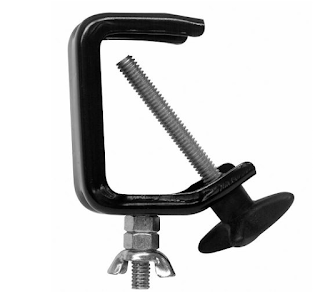Polypropylene flakes
The first question to answer was whether the method for blocking the ends of the cradle was effective. We ran a test using polypropylene (non-woven fabric) snow, rather than the flakes made from white plastic bags we had been using this far. The polypropylene was easier to handle than plastic when making our flakes, but it hardly fell through the holes in the cradle. At least nothing fell off the ends either, so we can conclude that that part of the design is a success!Nothing escapes from the ends, but very little gets through the holes either!
The polypropylene flakes tend to cling to the fabric of the cradle. Plastic is much slippier and easier to shake out with the movement of the machine.
Our second test was with a heavier duty polythene (sorry, I cannot provide more specific technical information) This certainly worked, as you can see in the following video:
Perhaps predictably, the heavier polythene falls more quickly. We felt that the lighter flakes were more attractive. Another issue that can be seen in this video is that the cradle is delivering the snow in bursts. this is because on each cycle we were lifting the cradle back into its resting (not snowing) position, causing a brief respite in the blizzard! In the next test we were able to fix this, simply by the operator not pulling the cradle right to the top
For our final test reverted to the first kind of polythene flakes we made (using the cheapest and lowest quality white polythene bags). We loaded the cradle with a larger amount of flakes, partly to see if having a larger quantity would result in the flakes falling through the holes at a faster rate. we also tried to achieve a smoother delivery by not pulling the cradle right to the top of its travel.
The snow did seem to fall at a faster rate, but we liked the effect and we were also pleased with the more constant delivery.
Into production
And finally here is our highly professional no expense spared demonstration of the device in use.
Outstanding issues
We haven't addressed the issue of using more than one device in battery in order to spread the snow effect right across our stage, but we think that should be fairly straightforward.
It might be worthwhile to try our machine with commercially available polythene stage snow. It might turn out that the cost isn't excessive and that it's worth avoiding the trouble of shredding our own polythene flakes.
Another outstanding issue is that we didn't really work out how our cradle would be attached to the scenery bar. The best way will probably be to use regular lighting bar clamps such as the one in this photo:
These are available from as little as 5$
Conclusions
We have created a successful prototype that demonstrates how we could successfully build a full scale machine for use on stage. We have also figured out the best options for flakes and know how to make them.Admittedly a snow cradle of this kind is not as convenient or simple to use as the commercially available drum devices. In particular, our cradle requires a certain degree of skill from the operator to ensure smooth and continuous snowfall. Nevertheless, we don't have any where near the budget for that, particularly if we want several of them.
So, on balance, this approach seems a good one for an amateur company with a limited budget, such as ourselves. It does everything a professional device can do, with only minor drawbacks in ease of operation.



No comments:
Post a Comment